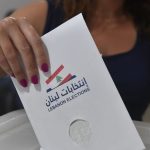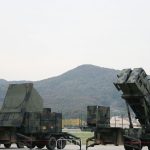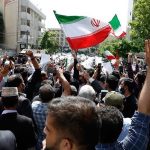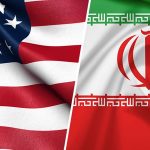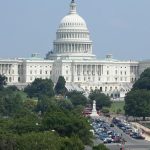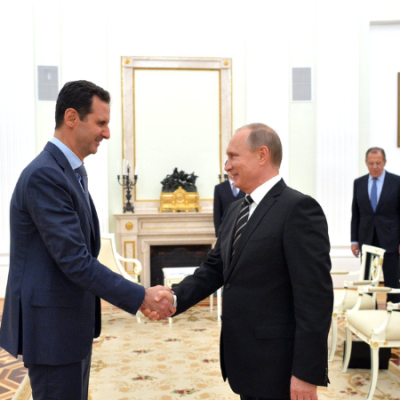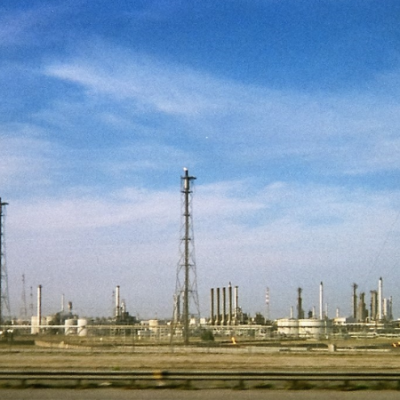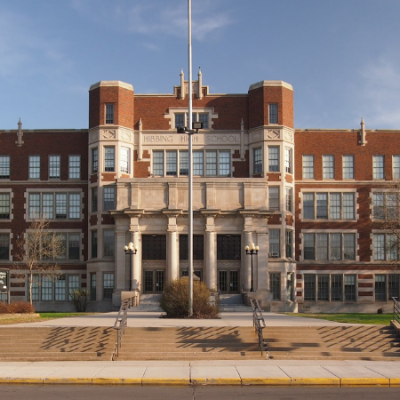In many provinces of Iran, security forces struggle with anti-government protesters
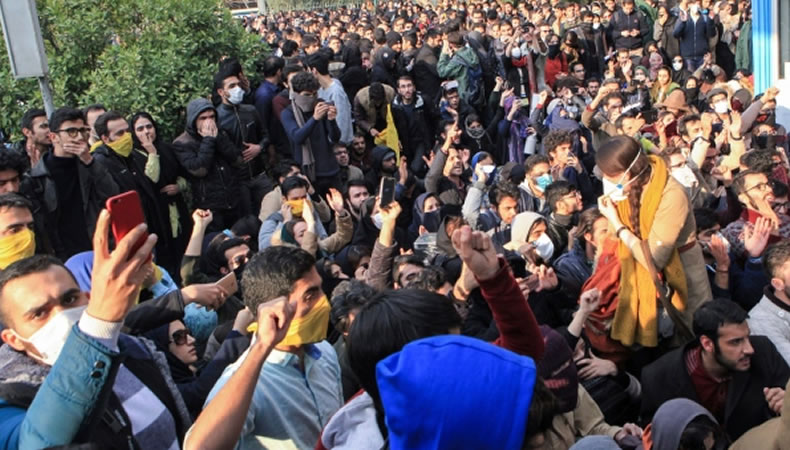
 Iran– According to social media accounts, Iranian security forces shot live bullets and tear gas to disperse anti-government protesters in multiple provinces on Thursday, as protests sparked by soaring food prices spread.
Iran– According to social media accounts, Iranian security forces shot live bullets and tear gas to disperse anti-government protesters in multiple provinces on Thursday, as protests sparked by soaring food prices spread.
Iranians flocked to the streets last week after a reduction in food subsidies prompted prices for some flour-based essentials to rise by as much as 300 percent. The protests swiftly turned political, with crowds screaming for the Islamic Republic to be overthrown, mimicking upheaval in 2019 that began with a rise in fuel costs.
On Thursday, social media footage revealed violent battles in towns around Iran, including Farsan in central Iran, where riot police shot live rounds at protesters. Security personnel used tear gas and clubs to disperse protesters in Shahr-e Kord and Hafshejan.
In one video, marchers in the southern city of Dezful can be heard saying, “Fear not, fear not, we are in this together.” The validity of the alleged social media footage could not be verified by Reuters.
According to Iran’s semi-official ILNA news agency, senior police officer Qasem Rezai warned on Thursday that “illegal gatherings are intolerable and would be confronted.”
Related Posts
Threatening protests in 2019
The administration acknowledged the protests last week, but dismissed them as minor gatherings. “Dozens of rioters and provocateurs” were arrested last week, according to Iranian state television.
Iran’s rulers are worried about a repeat of the bloody 2019 rallies, which were the worst in the Islamic Republic’s history, despite the government dismissing recorded death tolls of more than 300 according to Amnesty International and 1,500 according to Reuters.
In a move termed as “fair redistribution” of subsidies to lower-income households, the government also lowered subsidies for basic goods like as cooking oil and dairy products.
According to witnesses and social media posts, protestors have broadened their demands, calling for greater political freedom, the end of the Islamic Republic, and the removal of its leaders.
Protesters burned photos of Iran’s top authority, Supreme Leader Ayatollah Ali Khamenei, on Thursday, yelling “We don’t want the dictatorship of the clerics” and demanding the return of Reza Pahlavi, the exiled son of the country’s deposed shah.
Reza Pahlavi urged for solidarity among Iranians “for a free Iran” in a video message posted to his Twitter account, and expressed condolences to the families of “those slain during the upheaval.”
Some Iranian social media users claim that internet services have been blocked since last week, in what appears to be an attempt by authorities to prevent people from using social media to organise rallies and distribute films. Internet access had not been disrupted, according to Iranian officials.
According to government statistics, about half of Iran’s 85 million people live in poverty. The economy has been further devastated by US sanctions, which have been combined with rising inflation, rising unemployment, a drop in the national currency, and official corruption.
In 2018, then-US President Donald Trump withdrew the US from the 2015 nuclear deal with Iran, reimposing sanctions on the country. Since March, indirect discussions between Tehran and Washington have been stuck.

